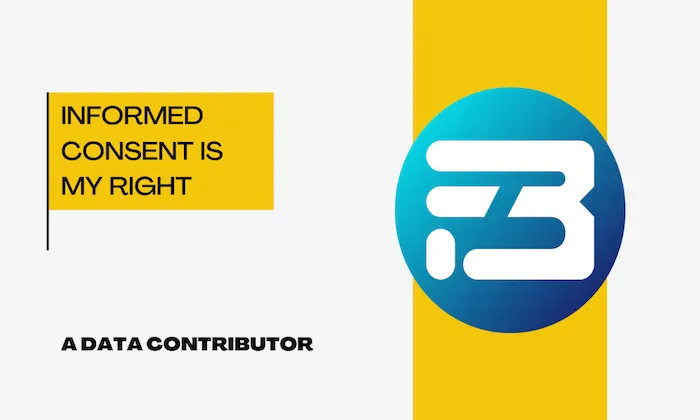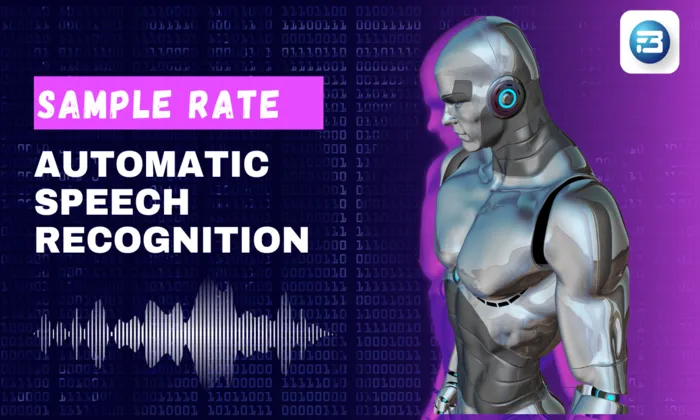How aredoctor–patient conversational datasets used for symptom triage systems?
Conversational AI
Healthcare
Symptom Triage
Doctor-patient conversational datasets are integral to developing symptom triage systems, which are designed to assess and prioritize patient symptoms effectively. These datasets simulate authentic interactions between healthcare professionals and patients, serving as foundational resources for training AI models that interpret and respond to health-related inquiries. Understanding their composition, application, and significance is crucial for AI engineers, product managers, and researchers innovating in healthcare AI.
What Are Doctor-Patient Conversational Datasets?
Doctor-patient conversational datasets comprise simulated clinical dialogues that mirror real-world medical interactions such as initial consultations, follow-ups, and discharge discussions. These interactions are constructed to reflect realistic medical conversations while ensuring ethical compliance by excluding real patient data. This approach provides rich, diverse training material for AI model development without compromising privacy.
Why These Datasets are Crucial for Symptom Triage
- Realism and Context: These datasets capture the natural conversation flow, including pauses and emotional cues, essential for training AI systems to understand nuanced communication. This is vital in symptom triage, where context can significantly impact diagnosis and treatment decisions.
- Diverse Scenarios: By covering multiple medical specialties, languages, and interaction types, these datasets equip AI systems with the breadth needed to handle various patient interactions, enhancing model robustness and generalization.
- Ethical Compliance: Using simulated conversations eliminates the legal and ethical challenges of real patient data, ensuring compliance with privacy regulations while providing valuable insights into doctor-patient dynamics.
Implementing Conversational Datasets in Symptom Triage
Symptom triage systems use these datasets in the training phase to develop algorithms that accurately interpret patient symptoms. Here's how they facilitate this process:
- Data Annotation: Conversations are annotated with metadata such as symptom tags, intent classifications, and emotional cues. This labeling allows AI models to learn not just from the words spoken, but from the context and intent behind them. This process is part of speech annotation efforts that improve AI understanding.
- Model Training: AI models are trained on these annotated datasets to recognize patterns in symptom discussions. For example, the model learns to differentiate between urgent symptoms and those manageable through routine care, based on conversational cues.
- Testing and Validation: After training, models undergo rigorous testing using a separate validation set to ensure they can accurately triage symptoms in real-world scenarios. This step is crucial for identifying any gaps in understanding and improving model accuracy.
Key Considerations in Using Conversation Datasets for Triage
While these datasets offer significant potential, there are important considerations to keep in mind:
- Balancing Simulated and Real Data: Although simulated data provides ethical safeguards, it may not capture the full complexity of real interactions. Teams must balance training data to ensure models don't miss nuanced patient expressions affecting triage outcomes.
- Quality vs. Quantity: The depth of conversations can vary. While extensive datasets offer diversity, the quality of interactions must be prioritized. A smaller, high-quality dataset might yield better model performance than a larger, less nuanced one.
Real-World Impacts & Use Cases
Models trained on these datasets have shown improvements in triage accuracy and reduced patient wait times. For instance, a healthcare AI system using such data effectively prioritized emergency symptoms, streamlining patient flow in hospitals.
By leveraging doctor-patient conversational datasets, healthcare AI teams can develop robust, compliant symptom triage systems that accurately interpret and respond to patient symptoms. FutureBeeAI stands ready to support your healthcare AI projects with expertly crafted datasets, ensuring your models are both effective and ethically sound.
Smart FAQs
Q. How do these datasets ensure patient privacy?
The datasets are constructed from simulated conversations without real patient data. Personal identifiers are replaced with placeholders, and ethical review processes ensure compliance with privacy regulations.
Q. What medical specialties are covered in these datasets?
They encompass a wide range of specialties, including pediatrics, cardiology, and emergency care, providing a comprehensive resource for training AI models across various healthcare scenarios.
What Else Do People Ask?
Related AI Articles
Browse Matching Datasets
Acquiring high-quality AI datasets has never been easier!!!
Get in touch with our AI data expert now!








